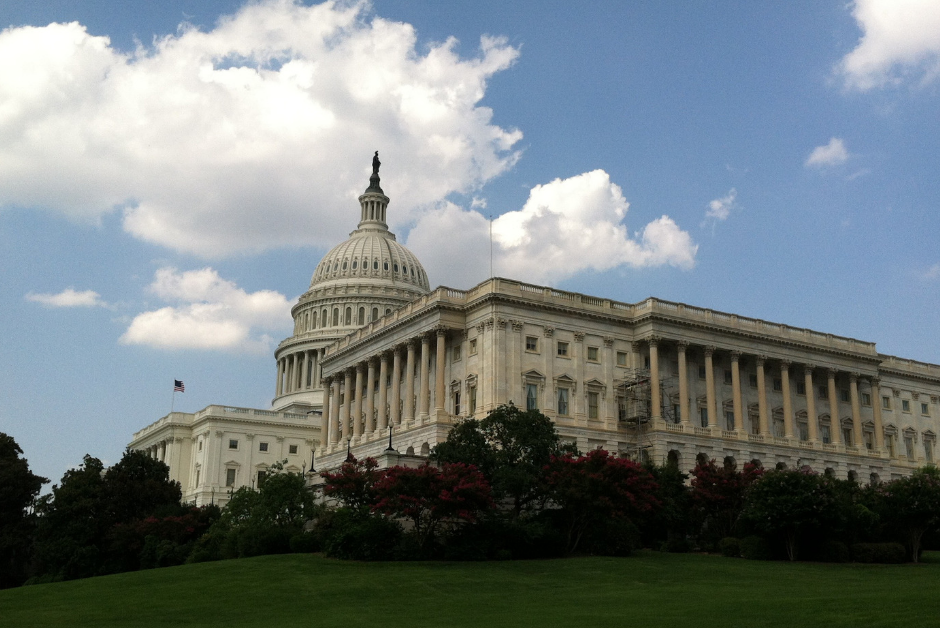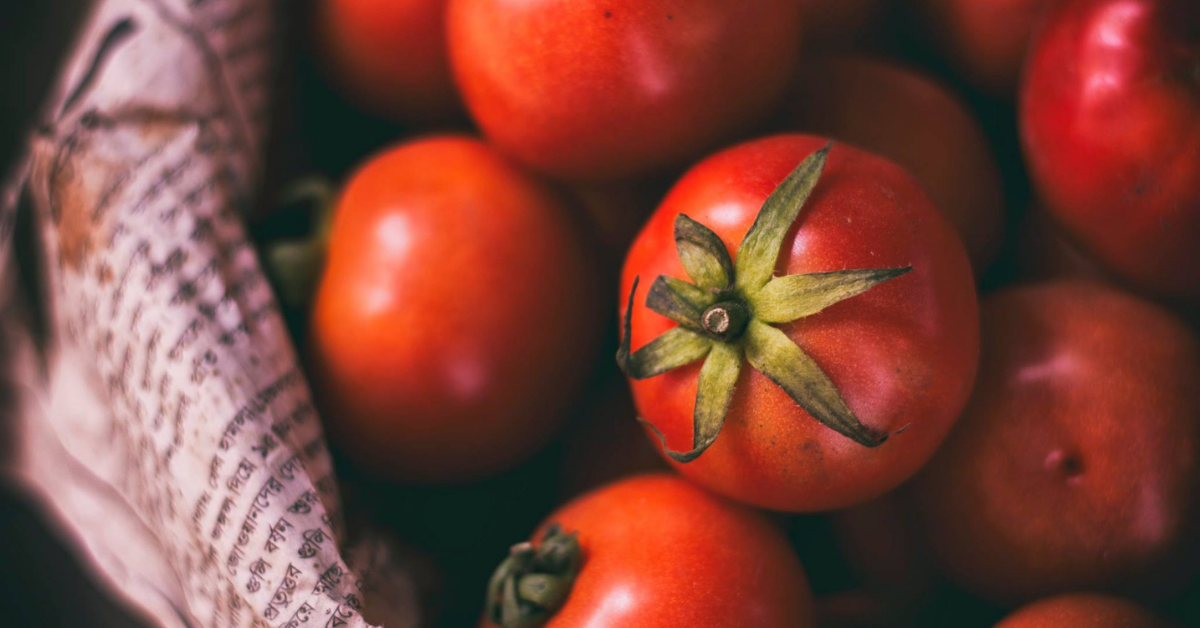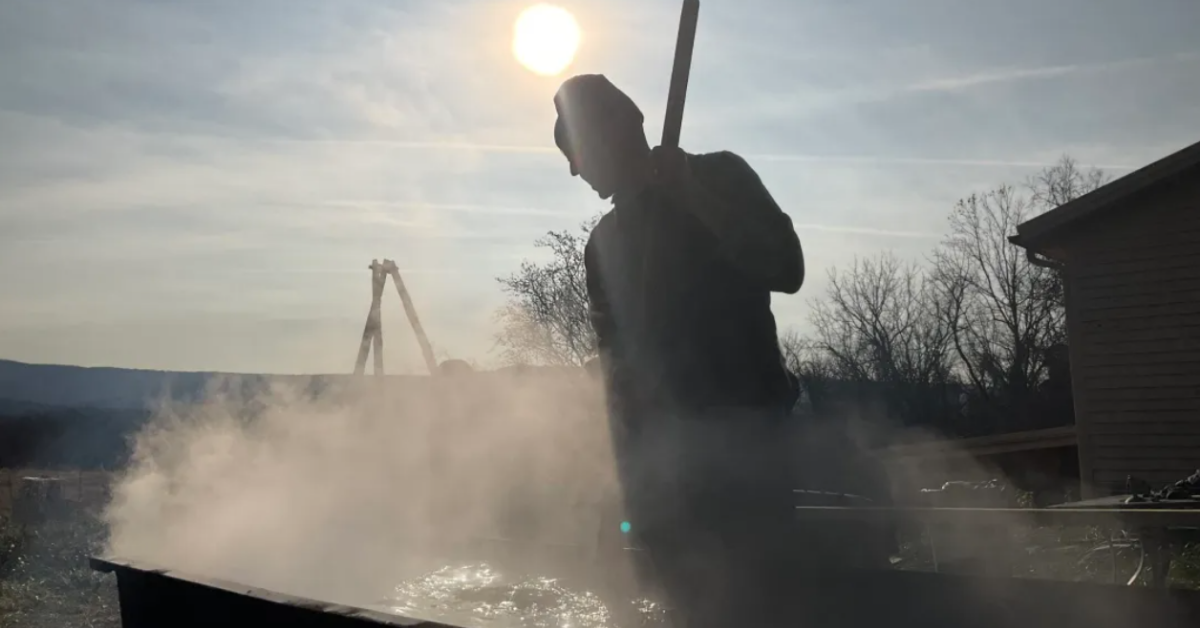President Trump signed the 2018 Farm Bill last month. Like many bills that go through conference committees, there were several changes and concessions made to the final bill. Although not able to address all of the challenges and struggles farmers face in rural communities, the 2018 Farm Bill does protect domestic and international nutrition programs, maintains crop insurance and commodity subsidies for farmers, especially those who are struggling, while strengthening support for rural communities and employment training programs.
Catholic Rural Life, along with its partnering organizations, the United States Conference of Catholic Bishops, Catholic Charities USA, Catholic Relief Services, and the Society of St. Vincent de Paul commend Chairmen Sen. Pat Roberts (R-Kansas) and Rep. K. Michael Conaway (R-Texas), and Ranking Members Sen. Debbie Stabenow (D-Michigan) and Rep. Collin Peterson (D-Minnesota) for their leadership in negotiating a bipartisan, compromise Farm Bill.
As a result of the partial government shutdown, which is now the longest lapse in federal funding in history, we do not yet know exactly when USDA will be able to begin the rulemaking and implementation phases of the 2018 Farm Bill.
Here are some key highlights of the 2018 Farm Bill:
Nutrition Title
CRL and its partners advocated to ensure food access and dignity for families in need by maintaining and strengthening portions of the Supplemental Nutrition Assistance Program (SNAP), while strengthening job training programs. The current bill makes important contributions furthering access to food and nutrition and improving job training programs. The bill makes notable reforms to employment and training programs with the inclusion of case management. The inclusion of funding to incentivize organizations to address the opioid crisis in rural communities is timely, critical, and necessary to help better respond to the plague of opioid abuse.
Crop Insurance and Commodity Subsidies
As our partners, the National Sustainable Ag. Coalition explain, this bill improves Whole Farm Revenue Protection (WFRP), a risk management policy for diversified farms of all types. The 2018 Farm Bill supports these continued efforts by:
– Directing the Risk Management Agency (RMA) to engage with WFRP stakeholders to improve the program. As part of that process, RMA is directed to consider removing caps on livestock and nursery production coverage, reduce paperwork and simplifying record keeping, find better options for moderating the impact of disaster years on coverage, and improve insurance agent training to better reach the small farm sector and underserved regions.
– Increasing from 5 years to 10 years the period of time that beginning farmers have to access WFRP’s beginning farmer 10 percent premium discount.
– Directing RMA to investigate how and whether WFRP could better serve farmers engaged in local food markets.
Adds a “Local Food Policy” to the list of new policies that RMA should develop in the coming years. The local food policy would be oriented toward livestock, poultry, and specialty crops in urban, suburban, and rural settings. This would include direct-to-consumer and farm-to-institution programs, community supported agriculture, as well as greenhouse/rooftop/hydroponic production. The policy would direct that local price premiums be included in revenue determinations.
Requires RMA to establish continuing education requirements for loss adjusters and insurance agents that include conservation activities and agronomic practices (including organic and sustainable practices) common to particular regions.
– Improves coverage for small dairy farms under the newly renamed Dairy Margin Coverage program. The final bill sharply reduced premiums for the first five million pounds of production (roughly equivalent to 240 cows) and raises the top margin coverage level from $8 per hundredweight to $9.50.
Rural Development
Farming Opportunities Training and Outreach Program (FOTOP), to help socially disadvantaged persons and veterans succeed in the vocation to be farmers and ranchers, is established and provides $50 million per year in mandatory, permanent funds.
The Local Agriculture Market Program (LAMP) combines the Farmers Market and Local Food Promotion Program (FMLFPP) and Value-Added Producer Grants (VAPG) together to provide grants to business and non-profits for new business opportunities and marketing strategies to develop regional food economies.
Conservation
Protects our shared natural resources in the short term– by protecting the nation’s largest resource conservation program on working farm and ranch lands: the Conservation Stewardship Program. But, the current bill cuts long term funding in the out years (FY2024-FY2029), meaning $5 billion less will be available.
– Ensures that all beginning and socially disadvantaged farmers enrolling in the Environmental Quality Incentives Program (EQUIP) have the option to receive 50% of their cost share payment up front.
– Increases the wildlife habitat set-aside with EQUIP from 5 to 10 percent of total funding.
– Establishes permanent mandatory funding for the Organic Agricultural Research and Extension Initiative (OREI). OREI supports research projects to address the most critical challenges faced by organic farmers.
To read the entire 2018 Farm Bill, click here.
















